Classification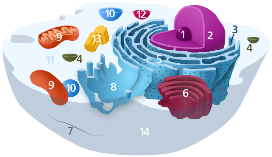
Domain: Eukarya-
characterized by membrane bound organelles, circular DNA, absence of
peptidoglycan, presence of introns, 80s ribosomes
Kingdom:
Fungi- cell walls made of chitin, heterotrophic, dikaryon
stage present in life cycle, digest then ingest, reproduce asexually
or sexually by the alteration of generations or budding
Source: WikiMedia Commons
Phylum:
Basidiomycota- also known as "club fungi" produce fruiting bodies called basidiocarps,
contain basidiospores that are characterized by four spores placed
externally from a basidium, have a long dikaryon stage within life
cycle.
Class:
Agaricomycetes- produce fruiting bodies that we commonly
refer to as mushrooms, very diverse and one of the most recognizable
classes of fungi
Order:
Agaricales- produce fruiting bodies that contain gills, the
gills help increase the surface area which helps to maximize spore
production.
Family: Amanitacae-in
addition to previous characteristics spores that are produced are
white in color.
Genus: Amanita- usually have pale colored gills, form endomychorrhizal relationships, some contain a bulb-like figure at
the base of the stem called a volva, it looks as almost like the
fruiting body broke out of the volva, spores are free from the stem
of the plant
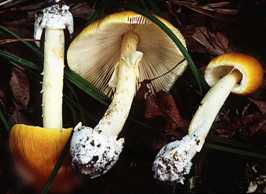
Species: Biosporangia- entire fruiting body is white, volva is usually buried underground, a chemical reaction occurs between the fruiting body and a KOH solution.
Similar Species: Amanita citrina, Amanita muscaria, Amanita phalloides, Amanita pantherina
Notice in the picture to the right, a mushroom fruiting body is shown (Agaricomycetes).
The striated structures under the mushroom cap these structures are gills (Agaricales).
The gills that produce spores are white or pale in color. (Amanitacae).
Source: Tom Volk Fungi
The spores are free from the stem of the plant and notice the cup-like or bulb-like part of the mushroom located at the base of the stem. This is the volva. (Amanita)
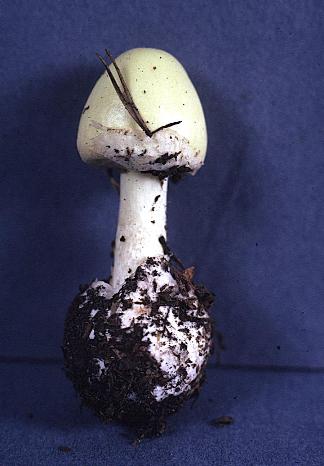
 Notice
the similarity between these two juvenile fruiting bodies of
two separate organisms. The organism on the left is Amanita
citrina and the organism on the right is Amanita
bisporigera. This helps to show just how hard it is to classify
organisms.
Notice
the similarity between these two juvenile fruiting bodies of
two separate organisms. The organism on the left is Amanita
citrina and the organism on the right is Amanita
bisporigera. This helps to show just how hard it is to classify
organisms.
Here is a tree for the Kingdom of Fungi. Amanita bisporigera falls within the phylum Basidiomycota. Link to tree can be found here.
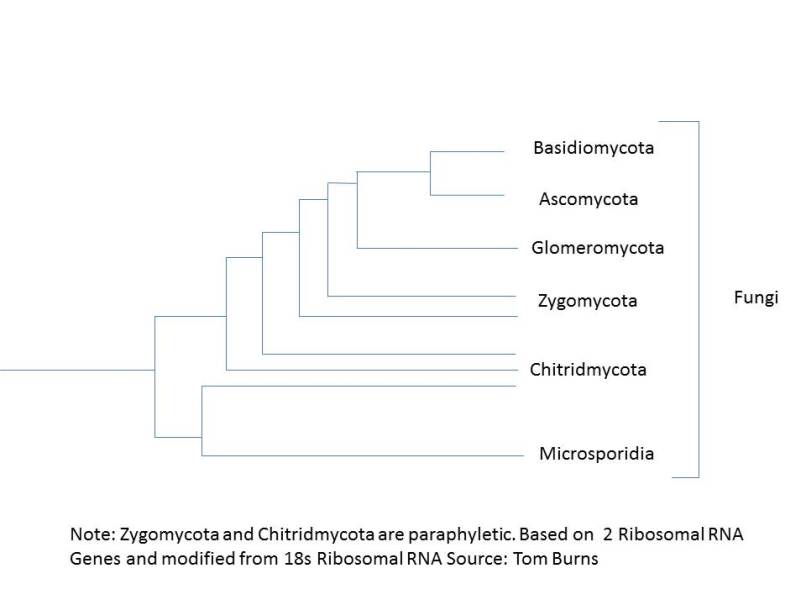
Below is a more in depth look at the phylum Basidiomycota. The bold face terms represent where Amanita bisporigera would fall within this tree. For simplicity some relationships have been omitted. Here is a link to the complete tree. The complete tree can also be found in a journal, Trends in Microbiology Vol. 17 Issue 11. Pages 488-497.
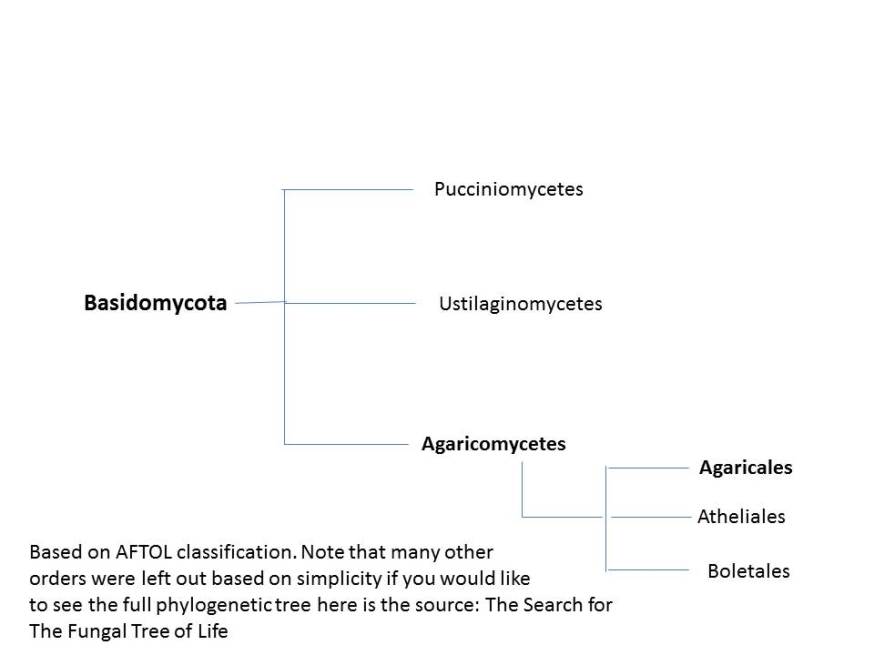
Now that we know where Amanita bisporigera is within the fungal kingdom, we can check out and see where this fungus might live.